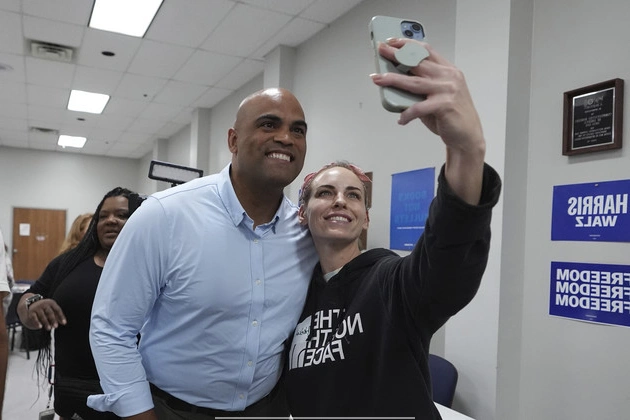
The Impact of Cutting the Drowning Prevention Team
Water safety officials typically caution families during Memorial Day weekend about the high risk of drowning, especially for young children. However, President Donald Trump’s decision to lay off the team at the Centers for Disease Control and Prevention responsible for tracking and publicizing drownings has disrupted these crucial warnings.
The terminated team’s collaboration with organizations like the YMCA and the American Red Cross to provide swimming lessons to at-risk children has come to an abrupt halt. This cessation comes at a critical time as drowning deaths surged during the pandemic, reaching 4,300 in 2023 compared to around 4,000 in 2019, particularly affecting children aged 1 to 4.
Despite states continuing to report drownings through the CDC’s National Vital Statistics System, the absence of a dedicated team to analyze this data raises concerns among federal officials and water safety experts. The loss of this vital resource jeopardizes the identification of key patterns in drowning deaths and the allocation of resources for effective prevention measures.
Concerns for Water Safety Advocates
Water safety advocates express fears about the direct impact on children’s safety due to the dismantling of the drowning-prevention team. The lack of attention to this issue by policymakers raises alarms within the water safety community, emphasizing the need for sustained efforts in drowning prevention.
Despite assurances from the Department of Health and Human Services that drowning prevention efforts will continue, the absence of crucial data and analysis from the CDC poses challenges in understanding and addressing the underlying causes of drowning incidents.
Moreover, the abrupt layoffs and downsizing of federal health agencies, including the CDC’s Injury Center, raise questions about the prioritization of public health initiatives and the potential consequences of budget cuts on critical programs.
Urgent Calls for Reversing the Cuts
Community advocates, such as the YMCA, emphasize the need to reverse the cuts to the CDC’s drowning prevention work to mitigate the increased risks of drowning incidents. Collaborative efforts between organizations and congressional representatives aim to address the gaps in drowning prevention resources and data analysis.
The absence of national data on drowning incidents not only impedes localities’ access to grants for prevention programs but also hampers the development of targeted interventions based on evidence-based practices.
Water safety advocates stress the importance of reinstating support for drowning prevention efforts to safeguard the well-being of individuals, especially children, and to prevent avoidable tragedies in aquatic environments.











